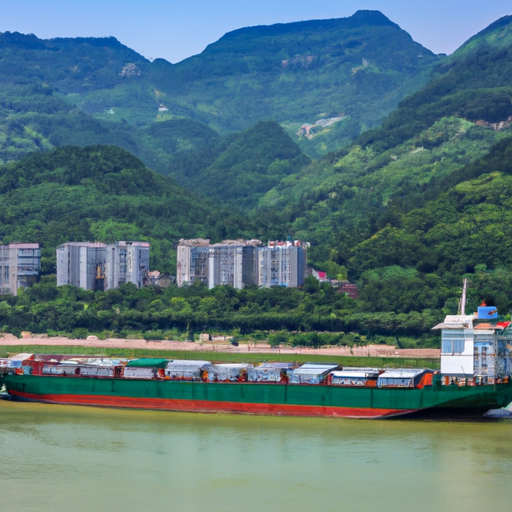How Does the Yangtze River Affect China’s Landscape and Economy?
The Yangtze River, also known as the Chang Jiang, is the longest river in Asia and plays a crucial role in shaping China’s landscape and driving its economy. With a length of approximately 6,300 kilometers, the Yangtze River is not only a natural wonder but also a lifeline for millions of people living along its banks. In this article, we will explore the significant impact of the Yangtze River on China’s landscape and economy.
1. Geographical Significance
The Yangtze River flows through 11 provinces and cities, including Shanghai, Wuhan, and Chongqing, making it a vital transportation route for both goods and people. Its vast network of tributaries connects numerous cities and towns, facilitating trade and commerce. The river’s strategic location has allowed for the development of major industrial and commercial centers along its banks, contributing to China’s economic growth.
2. Agricultural Productivity
The fertile plains surrounding the Yangtze River are known as the “Rice Bowl” of China. The river’s annual flooding deposits nutrient-rich sediment onto the fields, making the soil highly fertile for agriculture. This natural irrigation system has supported the cultivation of rice, wheat, tea, and other crops, ensuring food security for millions of people. The agricultural productivity along the Yangtze River has contributed significantly to China’s self-sufficiency in food production.
3. Hydropower Generation
The Yangtze River is home to the Three Gorges Dam, the world’s largest hydropower project. This dam generates a massive amount of electricity, providing clean and renewable energy to millions of people in China. The hydropower generated from the Yangtze River plays a crucial role in meeting the country’s growing energy demands, reducing reliance on fossil fuels, and mitigating environmental pollution.
4. Shipping and Trade
The Yangtze River serves as a vital transportation artery, supporting domestic and international trade. Its navigable channels allow for the transportation of goods, including coal, steel, and other raw materials, from the interior regions to coastal cities. This transportation network has facilitated economic development, boosted trade, and enhanced China’s global competitiveness.
5. Tourism and Recreation
The scenic beauty of the Yangtze River attracts millions of tourists each year. River cruises along the Yangtze offer breathtaking views of the surrounding landscapes, including the famous Three Gorges. Tourism along the river contributes to the local economy, providing employment opportunities and boosting the hospitality industry.
In conclusion, the Yangtze River has a profound impact on China’s landscape and economy. Its geographical significance, agricultural productivity, hydropower generation, shipping and trade, and tourism and recreation all contribute to the country’s overall development. As China continues to grow and evolve, the Yangtze River will remain a vital resource, shaping the nation’s future.




